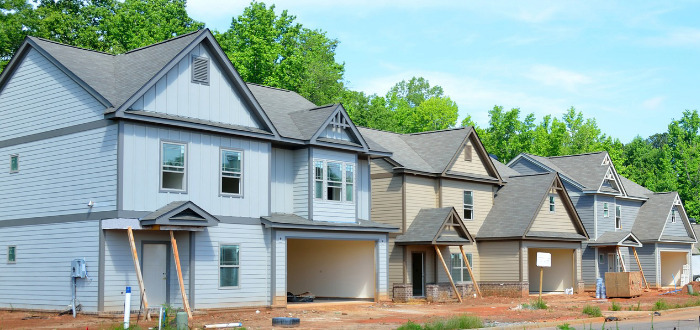Will Build to Rent Communities Age Well?
September 15, 2022

Build-to-Rent Communities, all the Rage
So, why don’t I like Single Family Rentals communities? They are all the rage. At least a half dozen new Build-To-Rent (BTR) communities are going up in San Antonio. This trend began in the Great Financial Crisis of 2008-2009 when there were massive foreclosures by the banks and FNMA/Fannie Mae. Wall Street guys, who still had access to money, put together pools of hundreds of millions and billions of dollars to buy these REOs. The test was whether a national company could provide adequate property management of a highly diverse and decentralized pool of single-family homes. It had never been done before and the vast majority of rentals were local investors. They may own one or a few, and rarely a good operator might accumulate hundreds in the same community, like Houston. But doing this on a national scale was unheard of.
Single Family Rentals and Computer Handlers
Now, single family rentals are introduced to the power of computing. All of the renting, repair and maintenance could be reduced to computer handlers, allowing the rental companies to manage thousands of homes across the nation. Some of the larger companies even went public as REITs, with billion-dollar valuations, such as Invitation Homes, Tricon and American Homes 4 Rent. Others, like Amherst Holdings and AHV remained privately owned. One downside is that they compete with individual home buyers, driving up prices, thus inflation and interest rates.
Build-to-Rent Communities, A New Investment Sector
But once all of the REOs were bought up, buying individual homes all over the country became very time consuming and didn’t deploy very much money when you are trying to grow a billion-dollar corporation. A $300,000 home, renting for $2,000 per month, doesn’t make much of a dent. So, the next innovation has become the Build-to-Rent (BTR) communities, where the rental owning company hires a developer and a builder to construct an entire, separate community that is strictly for-rent. This had never really been done before, at least on any scale, and has now become an entire new investment sector, attracting a great deal of new investment capital. Home building companies have created entire new divisions devoted to this segment, with their own designs and efficiencies of scale. This way the operators can buy 50 to 200 homes, all brand new, with warranties and low maintenance for the first few years. And the home builders save on marketing, commissions and have a built-in quick sale of a big block of houses.
The strength in this sector is driven by strong demographic demand from new household formation in the country, along with low rates of new construction in the past decade due to the hang-over from the Great Crisis. Slower homebuilding and higher interest rates are driving up down payments and monthly mortgage payments making homes out of reach for many.
What Happens Next?
My concern, as I compare these Build-to-Rent communities to older apartments, is that in 10 to 20 years, the owners at that point will stop the intensive maintenance required to keep the communities a nice place to live. How much does it take your family every year to keep up your place? What happens when the Landlord decides to collect the rents and do the bare minimum in upkeep? I fear these will be our future slums and I am concerned about it. Not a place I will put my investment money or want to live nearby.

